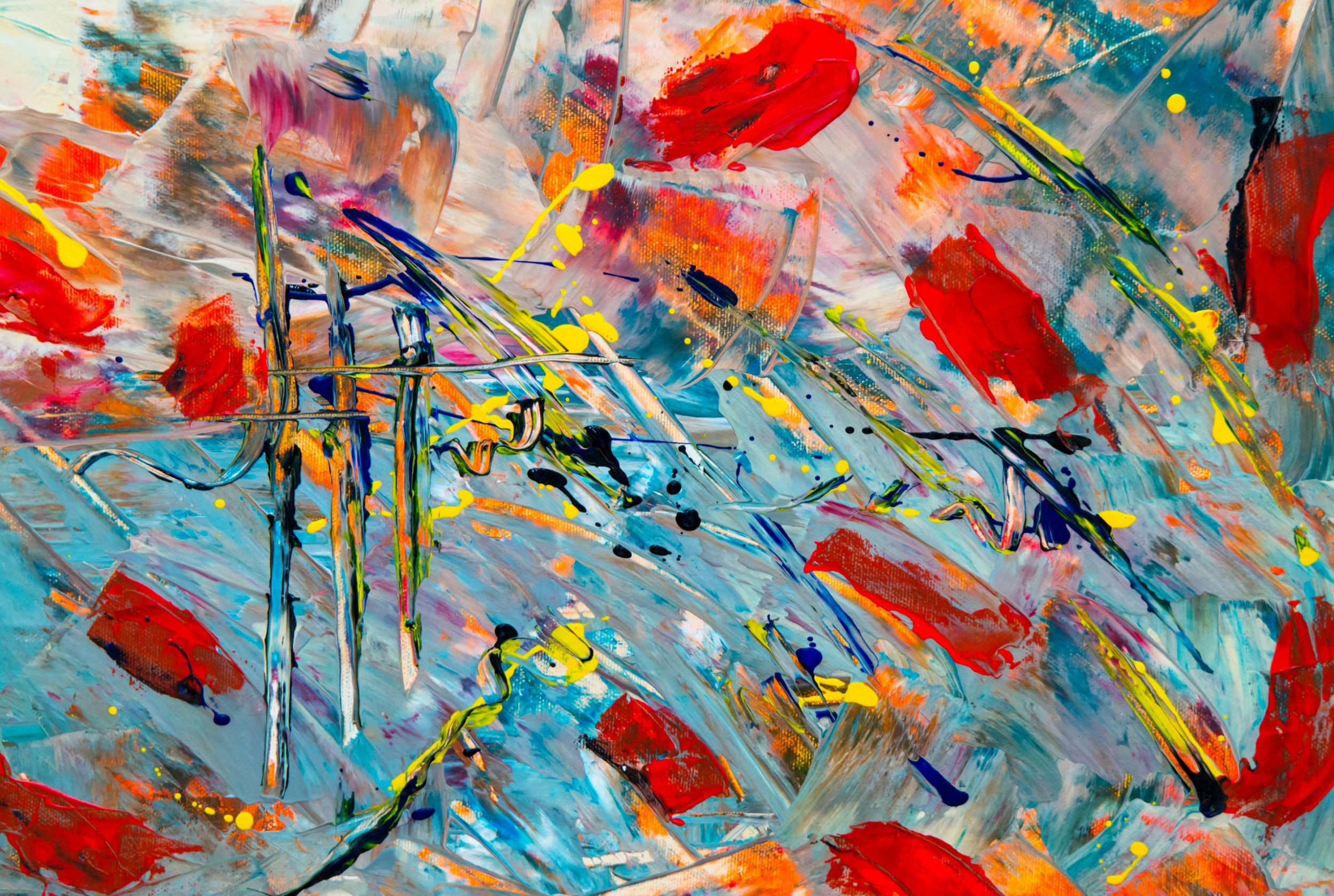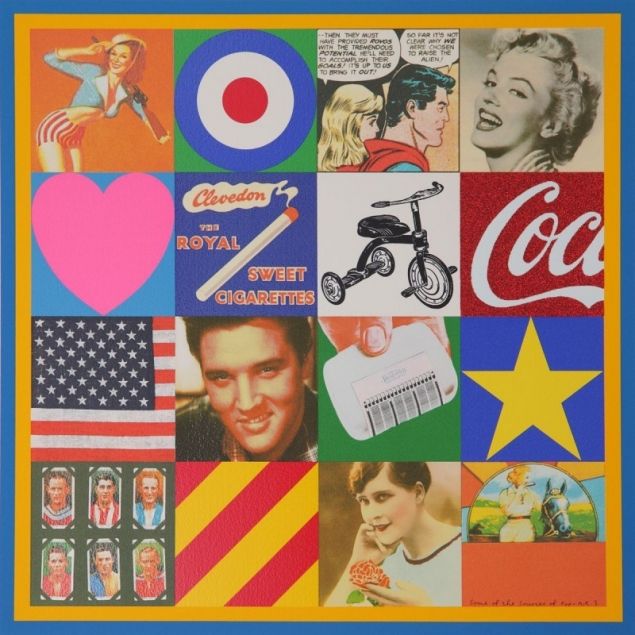Pop art emerged as a prominent art movement in the 1950s and 1960s, challenging traditional notions of art by incorporating elements of popular culture into its works. From Andy Warhol’s iconic Campbell’s Soup Cans to Roy Lichtenstein’s comic book-inspired paintings, pop art revolutionized the art world by celebrating everyday objects and images from mass media.
Origins of Pop Art
The origins of pop art can be traced back to the post-World War II era, when artists began to incorporate consumer goods, advertisements, and celebrity culture into their work. Inspired by the rise of mass production and consumerism, pop artists sought to elevate everyday objects to the status of high art, blurring the boundaries between popular culture and fine art.
Andy Warhol: The King of Pop Art
One of the most influential figures in pop art was Andy Warhol, whose vibrant and colorful works celebrated consumer culture and celebrity icons. Warhol’s famous silk-screen prints of Marilyn Monroe and Elvis Presley became iconic symbols of the pop art movement, reflecting the artist’s fascination with fame and consumerism.
In addition to his celebrity portraits, Warhol also immortalized everyday objects such as Campbell’s Soup Cans and Coca-Cola bottles in his artwork, challenging the notion of what could be considered art. By elevating these mundane objects to the status of high art, Warhol forced viewers to reconsider their understanding of beauty and value.
Roy Lichtenstein: Capturing the Essence of Comics
Another key figure in pop art was Roy Lichtenstein, whose comic book-inspired paintings brought the bold colors and dynamic lines of comic strips to the world of fine art. Lichtenstein’s signature style of Ben-Day dots and speech bubbles transformed the humble comic book into a high art form, challenging traditional notions of what could be considered serious art.
By appropriating imagery from popular culture, Lichtenstein and other pop artists brought a sense of fun and irreverence to the art world, shaking up the establishment and challenging the elitism of the fine art world. Pop art was not just a style of painting; it was a cultural phenomenon that reflected the changing tastes and attitudes of the post-war era.
The Influence of Popular Culture
Popular culture played a crucial role in shaping the aesthetics and themes of pop art, as artists drew inspiration from advertisements, television, movies, and consumer products. By incorporating these elements into their work, pop artists sought to challenge the traditional hierarchy of art and blur the boundaries between high and low culture.
Pop art was a reflection of the times, capturing the spirit of a rapidly changing society that was becoming increasingly consumer-oriented and media-saturated. By embracing the imagery and aesthetics of popular culture, pop artists created a new visual language that spoke to the masses, challenging the elitism of the fine art world and democratizing art for a wider audience.
The Legacy of Pop Art
Today, pop art continues to influence contemporary artists and designers, who draw inspiration from its bold colors, graphic styles, and playful sensibilities. The legacy of pop art can be seen in everything from fashion and advertising to film and music, as artists continue to celebrate the vibrancy and energy of popular culture in their work.
Pop art reminds us that art is not confined to museums and galleries; it is all around us, in the everyday objects and images that populate our lives. By embracing popular culture and celebrating the mundane, pop art challenges us to see the beauty and artistry in the world around us, reminding us that art is for everyone.
In Conclusion
Pop art revolutionized the art world by celebrating the vibrancy and energy of popular culture, challenging traditional notions of art and beauty. By incorporating elements of consumer culture, advertising, and celebrity icons into their work, pop artists created a new visual language that spoke to the masses and democratized art for a wider audience.
Today, the legacy of pop art continues to inspire artists and designers, who draw on its bold colors, graphic styles, and irreverent sensibilities. Pop art reminds us that art is all around us, in the everyday objects and images that populate our lives, and challenges us to see the beauty and artistry in the world around us.

